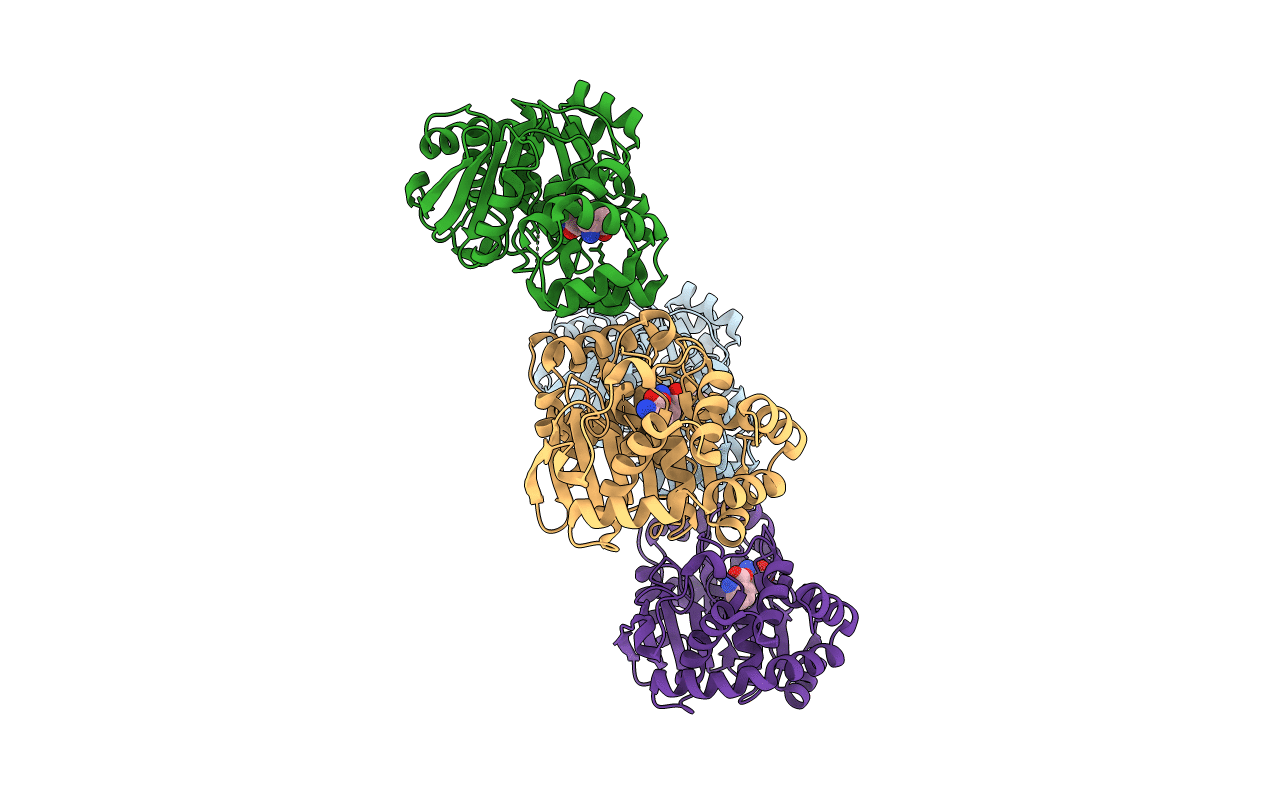
Deposition Date
2006-05-03
Release Date
2006-05-23
Last Version Date
2023-11-15
Entry Detail
PDB ID:
2GVQ
Keywords:
Title:
Anthranilate phosphoribosyl-transferase (TRPD) from S. solfataricus in complex with anthranilate
Biological Source:
Source Organism:
Sulfolobus solfataricus (Taxon ID: 2287)
Host Organism:
Method Details:
Experimental Method:
Resolution:
2.43 Å
R-Value Free:
0.24
R-Value Work:
0.19
Space Group:
P 1 2 1


